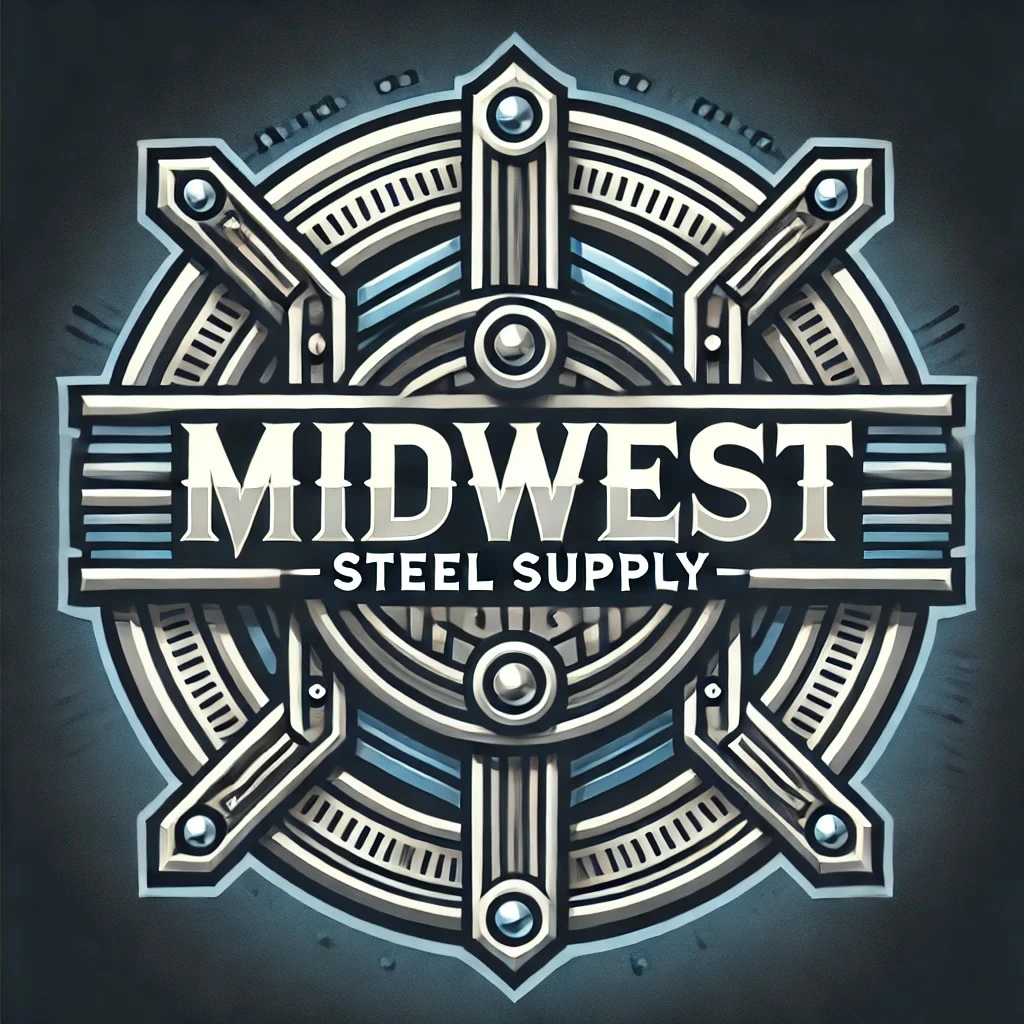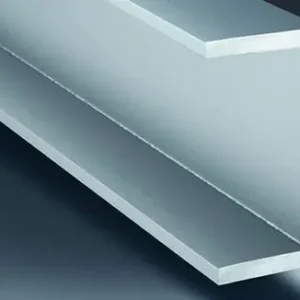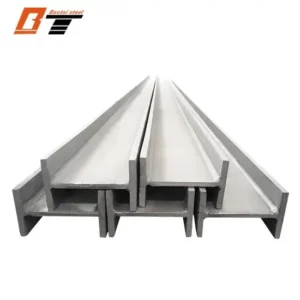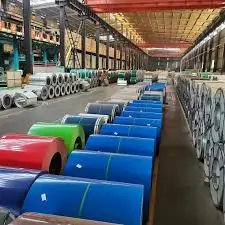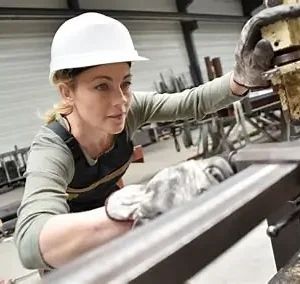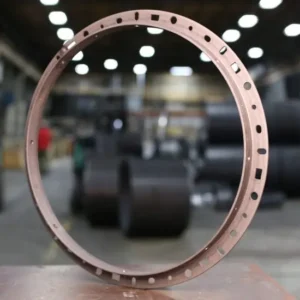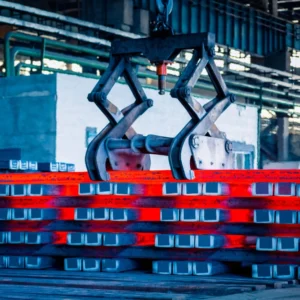ASTM A36 vs A992 price Overview and Definitions
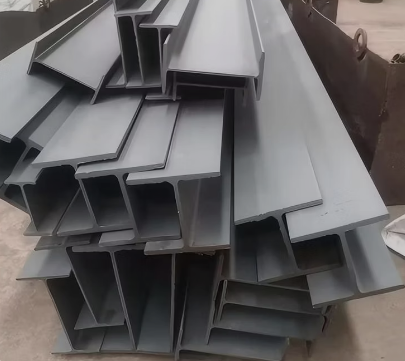
ASTM A36 vs A992 price is a common structural carbon steel specification in the U.S. It is considered a “mild steel” grade, often used for general structural applications, plates, bars, shapes, and miscellaneous uses. Its minimum yield strength is 36,000 psi (≈ 250 MPa). It’s weldable, fairly ductile, and cost-effective.
ASTM A992 is a more modern structural steel specification, primarily used for wide-flange (I-beam, H-beam) shapes in building construction. It was developed to provide a consistent, higher performance steel for structural shapes. Key mechanical properties of A992 include a typical yield strength of 50,000 psi (345 MPa) up to 65,000 psi, with good weldability, defined maximum carbon equivalent, and sizing requirements for shapes. Because of its higher strength, A992 allows more efficient, lighter structural designs in many applications.
In short, A36 is a lower grade used widely in general structural steelwork, while A992 is targeted for structural beams, with higher strength and more controlled characteristics suited to modern building codes.
Why Compare A36 vs A992 Price?
When specifying structural steel, the decision between A36 and A992 is not just about performance but also about cost. Many engineers consider:
-
How much extra the higher-strength steel costs per unit weight or per ton
-
Whether the savings in weight (fewer or smaller members) outweigh the grade premium
-
Availability, lead times, and fabrication cost differences
Hence, comparing ASTM A36 vs A992 price is a practical concern for contractors, engineers, and procurement departments.
Typical Price Levels & Market Quotes
Because steel prices vary by region, size, shape, and market conditions, give or take, these are approximate trends and examples to frame the comparison.
A36 Pricing Examples
-
For A36 steel plate, suppliers sometimes quote by thickness and size. For example, a 1 ft × 1 ft plate of certain thicknesses may have FOB prices in the tens to low hundreds of USD (depending on thickness).
-
In pricing data published by steel vendors, A36 plates of moderate thickness are offered with per-piece (per square foot or per inch thickness) quotes.
-
General structural A36 shapes (angle, channel, flat) are typically less expensive per ton than higher grades because they demand less alloying, fewer testing requirements, and more forgiving tolerances.
A992 Pricing Examples
-
A992 wide flange beams (H-beams, I-beams) are often quoted in the range of USD 500–560 per ton for standard sizes (for larger orders) in some steel-export markets.
-
Some suppliers list competitive pricing for A992 structural beams in that band, particularly for bulk orders.
-
For instance, an 8″ × 35# I-beam in A992 is offered in certain catalogs with line-item pricing per foot (or per weight) for various lengths.
-
Other sources place A992 H-beam pricing (hot rolled wide flange) between USD 500 and 550 per ton in common structural markets.
From these examples, you’ll often find A992 commanding a modest premium over more basic carbon steels, but the premium is not always large per ton—its value lies in the structural savings.
Factors That Drive Price Differences Between A36 & A992
Why does A992 often cost more (at least in certain contexts) than A36? The key reasons include:
-
Strength and Alloying Requirements
A992 must meet stricter mechanical and chemical controls (yield strength, carbon equivalent limits) which may require tighter quality control and potential small additions of alloying elements. -
Testing & Certification
For structural beams, buyers often require mill test reports, traceability, impact testing, or other quality certifications, which raise manufacturing and inspection cost. -
Shape Complexity and Tolerance
Wide flange beam production for A992 demands more precise rolling and finish tolerances, which can increase costs relative to simpler shapes or plates. -
Fabrication / Handling Constraints
Higher strength steels may require more care in welding, handling, or fit-up, thereby increasing fabrication risk or extra labor costs. -
Supply & Demand Balance
Because A992 is more specialized (mainly used for structural shapes), its supply may be more limited or segmented compared to more generic A36 steel. This can cause pricing sensitivity when demand surges in construction. -
Weight Efficiency Advantage
One of the compensating factors is that with A992, you may need fewer or lighter structural members to achieve the same load capacity. That means reduced material weight, handling, and sometimes lower overall steel tonnage—thus offsetting some up-front premium. -
Freight, logistics, and location
Regional differences, transportation costs, import duties, and logistics affect delivered cost just as much as the base mill price. In some markets, the premium for A992 may be relatively small compared to total landed cost.
Comparative Cost Analysis: A36 vs A992
To illustrate the cost tradeoff, consider a hypothetical comparison:
-
Suppose you have to supply a structural beam section requiring capacity X.
-
If you use A36 steel, you might need a heavier or deeper beam to provide that capacity.
-
If you use A992, a lighter or smaller cross-section might suffice.
Let’s assume:
-
A36 steel costs USD 450/ton delivered (just as an assumed baseline).
-
A992 steel costs USD 520/ton delivered (a 15.6% premium).
If the A992 beam’s higher strength lets you reduce beam weight by 20%, then:
-
Material cost with A36 = 1.0 ton × 450 = USD 450
-
Material cost with A992 = 0.8 ton × 520 = USD 416
You save USD 34 in material cost, plus you may save on handling, foundation loads, or erection. Even with a grade premium, the stronger steel can yield net cost savings.
Of course, that simplified example depends on structural design, local steel pricing, tolerances, and additional costs. In practice, the greater strength and stiffness of A992 often let engineers reduce member sizes or spans, which can offset the per-ton price difference.
In many real-world cases, the additional per-ton cost of A992 is relatively modest compared to the savings achieved by using less material.
Where the Price Gap is Narrow or Wide
The price gap between A36 and A992 steels can vary greatly by region, volume, shape, and market conditions. Sometimes:
-
When steel markets are stable and raw materials are steady, the premium for A992 might be quite low (just a few percentage points).
-
In tight supply or high-demand periods (e.g. a construction boom), the premium may widen because buyers are willing to pay more for structural grades.
-
In remote or import-dependent markets, shipping and duty costs may dominate the final cost, reducing the relative impact of the base grade difference.
-
For unusual shapes or small orders, the premium might be higher because of extra processing or special rolling runs required.
So, in many mature steel markets, the difference in the ASTM A36 vs A992 price might be modest on a per-ton basis—but the value lies in what the stronger steel lets you do in design and weight reduction.
Practical Advice for Buyers & Engineers
Here are some actionable recommendations when choosing between A36 and A992 from a cost perspective:
-
Obtain comparative quotes
Always ask suppliers for delivered cost per ton for both A36 and A992 for identical shapes or section requirements (same size, length, handling). -
Do a structural trade-off
Work with your structural engineer to compare weight, cost, and performance. Sometimes the stronger steel allows reducing cross-section or number of elements—yielding net savings. -
Include all costs
Don’t just compare material cost—include fabrication, welding, logistics, handling, and potential differences in labor costs or tolerances. -
Consider batch size and minimum order
Large orders often get better pricing. Small orders or exotic shapes may carry extra surcharges. -
Monitor market trends
Raw material costs (iron ore, scrap, energy) affect all steel grades, but premium grades like A992 might see larger relative swings in tight markets. -
Use standard sections
If you stick to commonly rolled beam sizes and avoid nonstandard custom shapes, the premium difference is usually smaller. -
Negotiate quality requirements
Sometimes, high-end certification or inspection requirements push up cost more than the grade itself. Negotiate sensible testing or just what is needed. -
Optimize structural design
Work with engineers to make full use of the higher strength. In some cases, combining A992 in primary members and A36 in secondary elements may yield cost balance.
Limitations & Caveats
-
The quoted prices and examples above are approximations; real prices depend heavily on location, steel mill, order size, shape complexity, and market conditions.
-
Not all suppliers stock A992 in every shape or size—availability may be limited in certain markets.
-
Differences in alloying or carbon equivalent requirements may mean that in some markets, A992 production cost is significantly higher.
-
For very heavy sections or plates, the relative cost difference may shift; A36 plate may remain more economical since plates are less specialized than structural beams.
Conclusion
Comparing ASTM A36 vs A992 price is not simply a matter of choosing the cheaper per-ton steel. The stronger A992 steel often allows for lighter designs, smaller cross-sections, and material savings, which in many cases more than offset its premium.
While in many markets A992 may cost somewhere between 10–20% more per ton than generic A36 structural steel, the optimized design using A992 often results in net savings or performance benefits. The key is to run side-by-side cost and structural trade-off analyses, get real delivered quotes in your area, and choose the combination of grade and design that yields the lowest total cost (material + fabrication + logistics) for your project.
